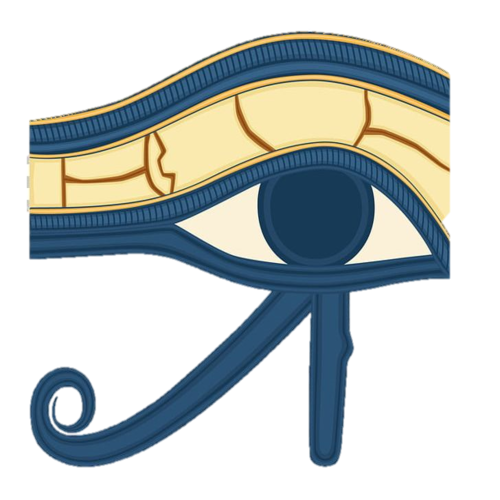| Bast | ||||
|---|---|---|---|---|
| Ancient Egyptian: Bastet | ||||
| ||||
| Period of worship |
Early Dynastic – Roman Period | |||
| Cult center | Bubastis | |||
| Symbol(s) | Cat, lioness, ointment jar, sistrum, solar disk | |||
| Association | Protection, cats, moon, pregnancy, childbirth | |||
| Appearance | Therianthrope, cat, lioness | |||
| Greek equivalent(s) |
Artemis | |||
| Egyptian equivalent(s) |
Sekhmet | |||
| Father | Ra | |||
| Mother | Isis | |||
| Spouse(s) | Ptah | |||
| Issue | Maahes | |||
Bast or Bastet (Ancient Egyptian: bꜣstjt "She of the Ointment Jar", Coptic: Ⲟⲩⲃⲁⲥⲧⲉ /ubastə/) was a goddess of ancient Egyptian religion, worshiped as early as the Second Dynasty (2890 BCE). Her name is also rendered as B'sst, Baast, Ubaste, and Baset. In ancient Greek religion, she is also known as Ailuros (Koine Greek: αἴλουρος "cat").
Bastet was worshipped in Bubastis in Lower Egypt, originally as a lioness goddess, a role shared by other deities such as Sekhmet. Eventually Bastet and Sekhmet were characterized as two aspects of the same goddess, with Sekhmet representing the dangerous side of her personality and Bastet, who was increasingly depicted as a cat, representing her benign side.
Her name could be translated as "Devouring Lady". However, the phonetic elements "bas" are written with an oil jar (the "t" is the feminine ending) which is not used when writing the word "devour". The oil jar gives an association with perfume which is strengthened by the fact that she was thought to be the mother of Nefertum (who was a god of perfume).[citation needed] Thus her name implies that she is sweet and precious, but that under the surface lay the heart of a predator. Bast was depicted as a cat, or as a woman with the head of a cat, a sand cat or a lion. She is often shown holding the ankh (representing the breath of life) or the papyrus wand (representing Lower Egypt). She occasionally bears a was-scepter (signifying strength) and is often accompanied by a litter of kittens.
Role[]
Bast (known as "Bastet" in later times to emphasise that the "t" was to be pronounced) was one of the most popular goddesses of ancient Egypt. She is generally thought of as a cat goddess. However, she originally had the head of a lion or a desert sand-cat and it was not until the New Kingdom that she became exclusively associated with the domesticated cat. However, even then she remained true to her origins and retained her war-like aspect. She personified the playfulness, grace, affection, and cunning of a cat as well as the fierce power of a lioness. She was also worshiped all over Lower Egypt, but her cult was centred on her temple at Bubastis in the eighteenth nome of Lower Egypt (which is now in ruins). Bubastis was the capital of ancient Egypt for a time during the Late Period, and a number of pharaohs included the goddess in their throne names.

